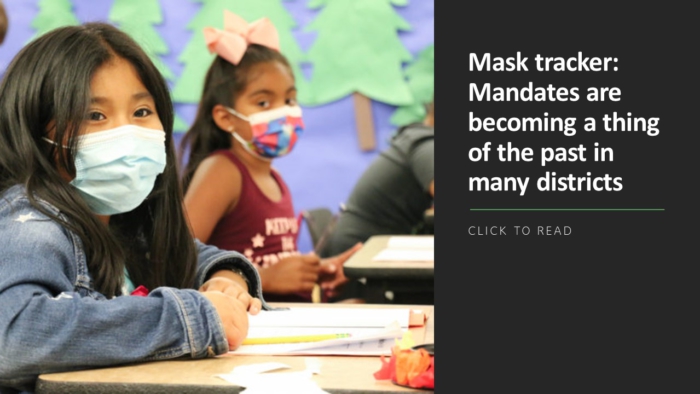School staff shortages are not news to most district leaders, but just-released data is bringing the size of the gaps into sharper focus. Administrators say that a lack of qualified teaching candidates and too few job applicants are the leading challenges they are facing.
More than half—53%—of public schools reported “feeling understaffed” entering the 2022-23 school year, according to a School Pulse Panel survey conducted in August by the National Center for Education Statistics. Difficulty hiring special education teachers and transportation staff were among the biggest drivers of school staff shortages.
Those shortages are being felt the most in the West with nearly 60% of schools saying they are understaffed; meanwhile, the Northeast appears to be experiencing the least pressure, with 48% of schools reporting a shortage.
The top four reasons cited for vacant teaching and non-teaching positions are the same:
- Too few candidates applying for open positions
- A lack of qualified candidates applying for open positions
- Candidates felt the salary and benefits were not sufficient
- Applicants turned down positions for reasons other than salary and benefits
Administrators reported that, over the summer, the open positions they found most difficult to fill were for the subjects of foreign languages, computer science and special education. Here’s the full list, starting with positions that administrators ranked as “very difficult” to staff in August:
FETC 2023
The Future of Education Technology® Conference takes place live and in-person Jan. 23-26, 2023, in New Orleans. Register now!
- Foreign languages: 51%
- Special education: 48%
- Career and technical education: 48%
- Math: 45%
- Physical sciences: 43%
- Computer science: 40%
- English-as-a-second language/bilingual education: 40%
- Biology or life sciences: 39%
- Music or arts: 31%
- English language arts: 24%
Nearly half—44%—of public schools reported full- or part-time teaching vacancies in a similar survey conducted in early 2021. Outside of teaching, transportation staff, custodians and mental health professionals were the hardest positions to fill, according to the more recent survey.
Looking at the overall employment landscape, 60% of schools said they had not been able to fill vacant non-teaching positions since the beginning of the COVID pandemic. Nearly half said the same about open teaching positions. Just over a third of schools reported losing full-time teachers since the onset of the pandemic.
More from DA: Where does your school rank among the best high schools in the country for 2023?









